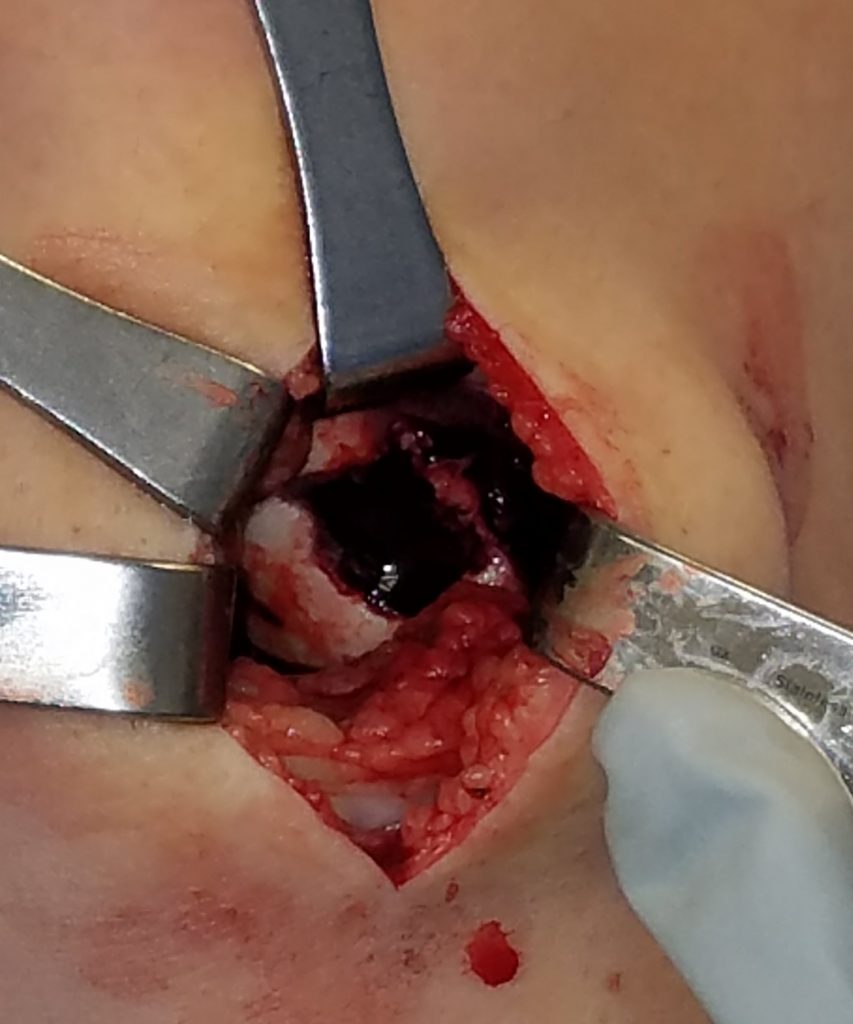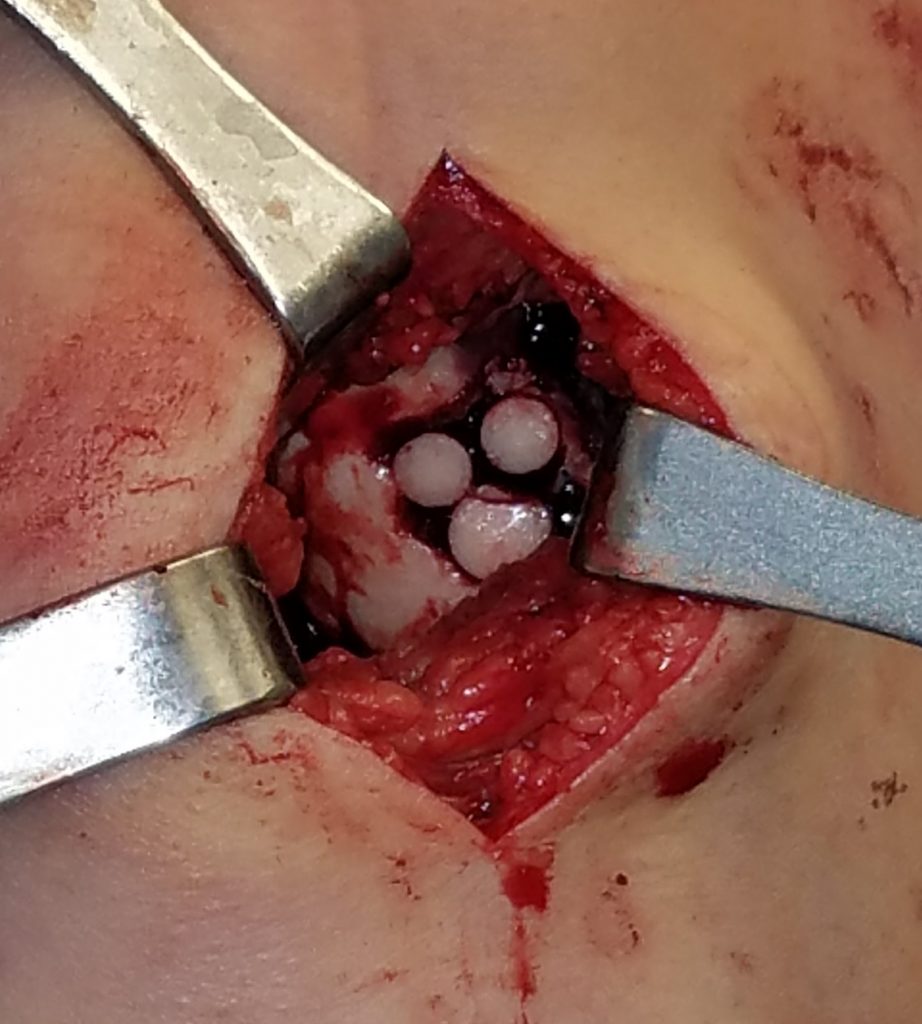Background
The cartilage on joints provides a protective layer to prevent bone on bone friction during joint range of motion. Unlike other tissues in the body, joint cartilage has little to no blood supply and metabolism. Therefore, its ability to repair itself is minimal at best. In some cases, cartilage injury or degeneration can lead to pain and disability. If the injury is significant enough, the cartilage damage can progress into debilitating osteoarthritis and chronic pain, ultimately requiring a joint replacement procedure. However, in some cases of cartilage injury, joint preserving procedures are available. Many of these procedures are very technical and may only be offered by surgeons specifically trained in these areas of treatment. Dr. Lee specializes in several joint preserving surgeries and will be able to help you decide which procedure is best for you. See below for a description of some of the procedures offered by Dr. Lee.
Osteochondral Allograft/Autograft Transplantation (OATS)


Please see below for a description of this procedure and postoperative rehab.
Matrix-induced Autologous Chondrocyte Implantation (MACI)
In a MACI procedure, we use the patient's native cartilage cells to fill in a defect caused by damaged cartilage. This surgery is a 2 step process with the first step involving harvesting cartilage cells from a non-weight bearing surface of the knee and growing those cells in a lab for 4-6 weeks. The second step involves using the harvested cells that have been placed on collagen membranes to be implanted onto the cartilage defect and allowed to incorporate into the bone and surrounding native cartilage. This is a very delicate procedure. Compliance with weight bearing limitations is essential to give best chance of surgical success. You will usually be on crutches for 6 weeks and can get back to household duties at 3-6 months. At 6-9 months, leisure activities can begin and full return to activity without limitation can take 9-12 months.
Microfracture
Microfracture is another technique that can be used to treat an articular cartilage injury or defect. Using an arthroscopic procedure, surgeon will remove any remaining cartilage until a good bone surface is obtained. Then the bony surface will be either drilled or tapped putting small holes into the bone. This localized bony trauma will cause the bone to bleed and cause a healing response. The goal is to have the blood fill the void from the cartilage defect and, over time, turn into a tough fibrous cartilage. This newly formed tissue is not the same type of tissue as the native hyaline cartilage but is intended to provide adequate bone coverage to relieve pressure and pain in the knee. As with the MACI procedure, this is also a delicate recovery process with similar timelines as mentioned above.